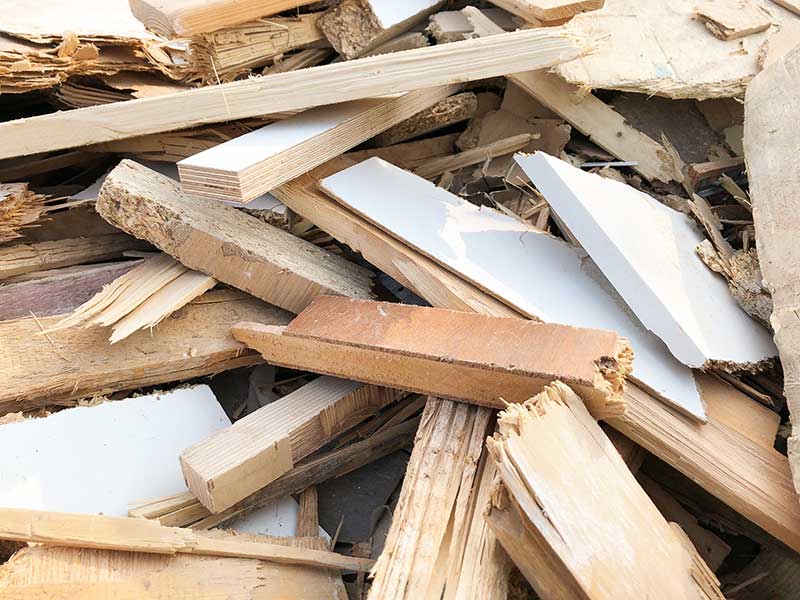World’s largest climate-neutral inland port
By 2023, the Port of Duisburg will be home to the first container terminal to be operated on a completely climate-neutral basis using hydrogen and photovoltaics, intelligently networked and capable of supplying nearby neighborhoods with energy. On the site of the former “coal island”, duisport is constructing the trimodal Duisburg Gateway Terminal (DGT), in collaboration with international partners.
With the aim of completely converting the energy supply of the world's largest inland port, duisport and the Fraunhofer Institute for Environmental, Safety and Energy Technology UMSICHT have researched forward-looking technologies and developed practical models. As part of the “enerPort II” follow-up project, a sustainable energy system is now being installed at the DGT. It will bring together renewable energy sources, energy storage systems, consumers and various hydrogen technologies. Key components for this are fuel cell systems and hydrogen engines for power generation, and battery storage.
With its modular structure, enerPort II paves the way for a steady continuation of the transformation process. This should allow electrolyzers and hydrogen-powered locomotives to be connected to it by way of satellite projects, for instance. The ultimate goal of the DGT is to revolutionize the distribution of traffic, with 40 percent of transportation being by rail, 40 percent by inland waterway and only 20 percent by truck on the roads. To this end, “clean” shunting locomotives are to be used in future and a shore power connection is to be provided at the quay for each inland waterway vessel in order to minimize greenhouse gas emissions. All goods movements are to be managed digitally.
Other partners involved in enerPort II are Westenergie Netzservice GmbH, the Rolls-Royce Power Systems business unit, Netze Duisburg GmbH, Stadtwerke Duisburg and Stadtwerke Duisburg Energiehandel GmbH. The project is being funded by the German Federal Ministry for Economic Affairs and Climate Action (BMWK) until 2025 as part of the “Hydrogen Technology Campaign”.
Press release: "Efficient energy concept for the Port of Duisburg"



